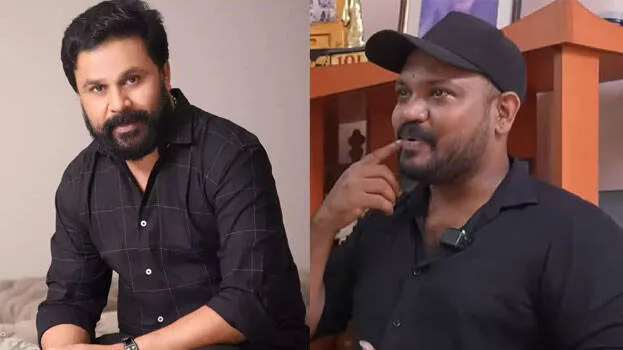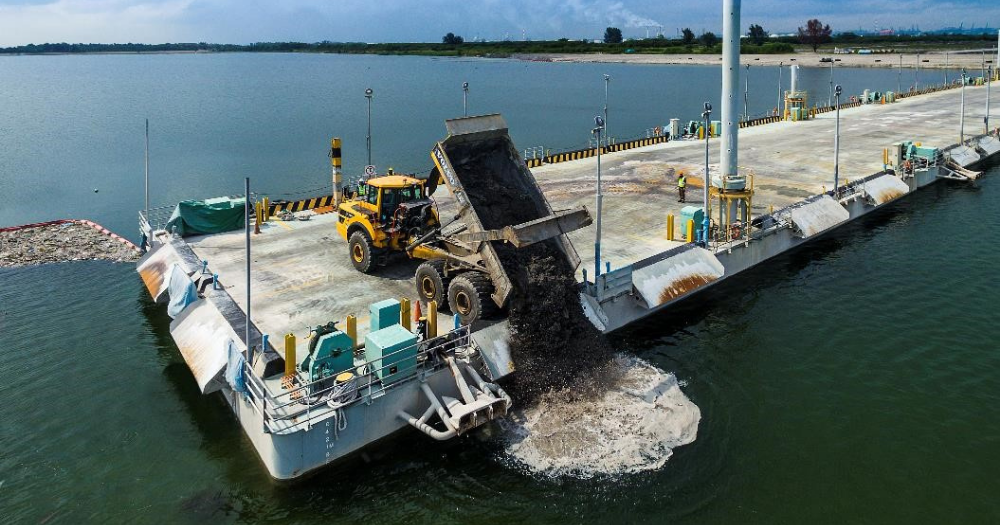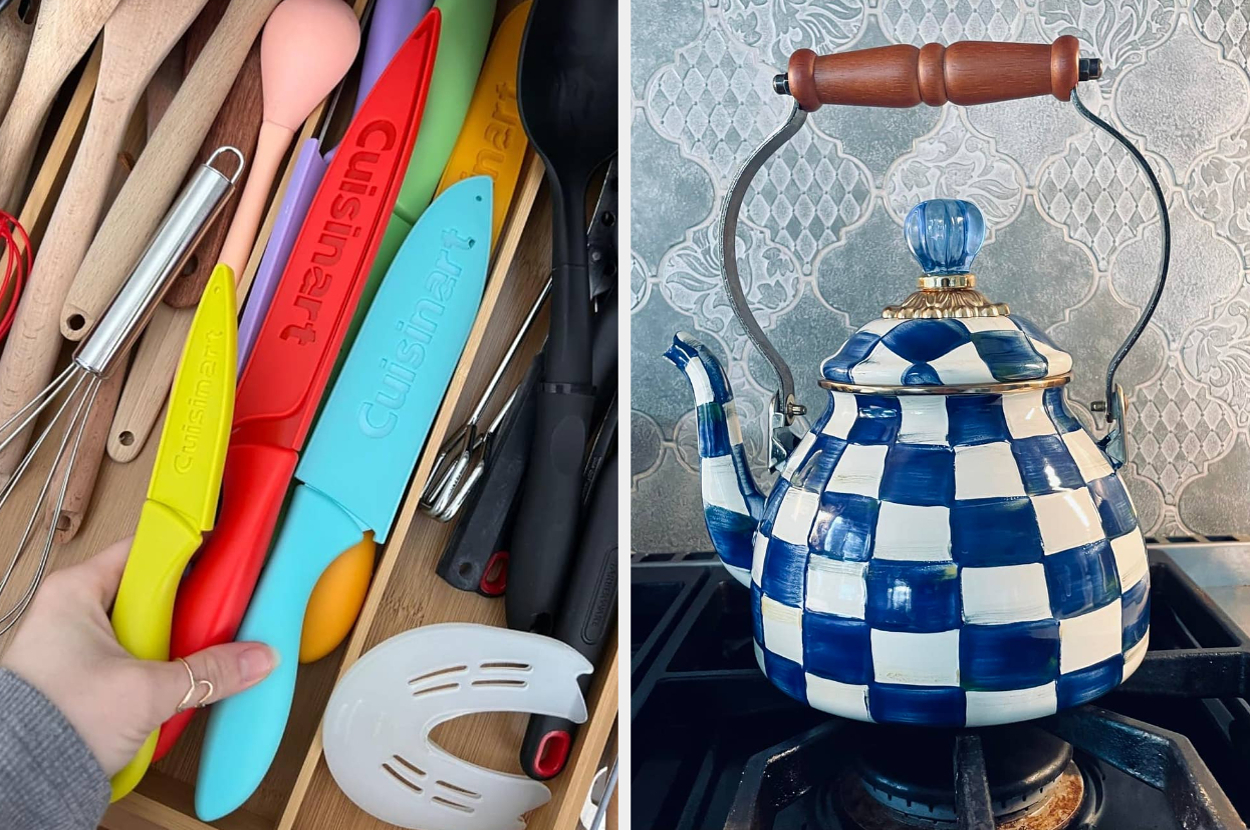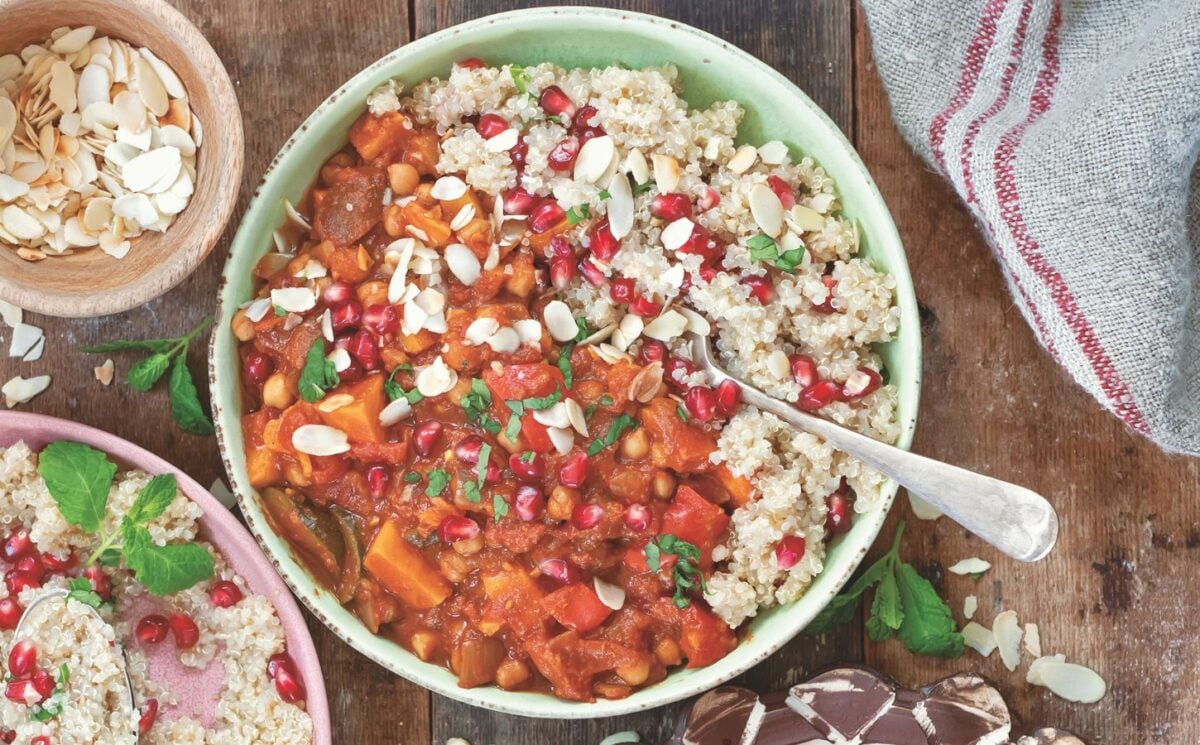
TASTE OF HOME: His largest flagship in Mumbai’s Kala Ghoda wraps you in the languorous charm of Kolkata, the city of his birth CRAFTING A LEGACY: Couturier works with the country's best karigars so that he can turn the world’s gaze toward India's rich textile heritage TASTE OF HOME: His largest flagship in Mumbai’s Kala Ghoda wraps you in the languorous charm of Kolkata, the city of his birth CRAFTING A LEGACY: Couturier works with the country's best karigars so that he can turn the world’s gaze toward India's rich textile heritage TASTE OF HOME: His largest flagship in Mumbai’s Kala Ghoda wraps you in the languorous charm of Kolkata, the city of his birth 1 2 At 50 and just having celebrated 25 years in the fashion industry with a grand show in Mumbai on Jan 25, couturier Sabyasachi Mukherjee is refreshingly unromantic about his achievements. “A lot of people think I’m a big deal but for me, it’s like running any other business. I’m not an engineer nor a doctor.
I don’t save lives or build bridges. I make clothes and get an undue amount of attention for that.” His modesty is engaging.

At heart, Mukherjee is still the boy who, back in the day as a 20-something designer, had famously said, ‘Want to make it big? Be in Bengal.’ While many thought the idea was bonkers, he stayed put in Kolkata unlike many of its youth who continued to move out for better opportunities. City-proud and stubbornly resistant to all advice to shift base, Mukherjee turned the narrative on its head.
From his workshop in Topsia, a neighbourhood in east Kolkata dotted with tanneries, he built collections steeped in the city with a roaring Royal Bengal tiger as his logo. “Everyone told me staying in Kolkata was suicidal, but I persevered. Now, I’m bringing the whole world to Kolkata,” he says, adding that his 25th-anniversary show on Jan 25 was a homage to the city that has been the core of who he is or what he creates.
While his journey as entrepreneur in Kolkata started with Rs 20,000 borrowed from his sister, three employees and a modest storefront, after graduating from NIFT, the one moment he believes where it all clicked was in 2004 outside Browns, a legendary London boutique that had also discovered the likes of John Galliano and Alexander McQueen. “It was London Fashion Week. I had no money, was badly dressed and didn’t even want to step inside,” he remembers.
Then, he saw his clothes in the window. “Legend has it, if your clothes are in the windows of Browns during fashion week, you’re going to become very successful. That moment changed everything for me.
It was the sign from the universe I needed to change my destiny,” he says. And he did. Today, he has flagship stores in Kolkata, Delhi, Mumbai, Hyderabad and New York’s West Village, and his brand – in which Aditya Birla Fashion and Retail Ltd has 51% stake – is aiming for a turnover of Rs 500 crore this fiscal.
He’s partnered with global giants like H&M and Christian Louboutin, landed his designs in the luxury shelves of Manhattan’s Bergdorf Goodman, and changed bridal wear for the Indian elite. He showcased Bengal’s craftsmanship with elephant shola masks that King Charles III and Queen Camilla sported at the 2023 Animal Ball. From Indian stars like Deepika Padukone, Alia Bhatt, Aishwarya Rai and Vidya Balan to Hollywood names like Kim Kardashian, Renée Zellweger and Reese Witherspoon, they have all carried his designs to the Oscars, Cannes and the Met Gala carpets till Mukherjee himself became the first Indian fashion designer to debut at the Met Gala last year.
For a taste of his aesthetic, step into Sabyasachi’s largest flagship in Mumbai’s Kala Ghoda. Spread across 25,862 sq ft and three expansive floors, few things outside cinema, music or art can stir sentiments quite like this clothing and accessories shop manages to do. It wraps you in Kolkata’s languorous charm, reimagined in a way that’s lavish, indulgent and unapologetically his.
The music curated by Mukherjee himself — Ami Miss Calcutta, Cinema Paradiso, Bade Achhe Lagte Hain—plays in your ears against a backdrop of carpets, vintage tapestries and big baroque mirrors on the wall. Around you are giant Ming-style vases, ornate glass chandeliers, perfume decanters, modern recreations of company paintings, Qajar dynasty art and Mughal miniatures by the Sabya Art Foundation he set up a decade ago to work directly with underprivileged fine artists from Bengal. Meanwhile his garments, jewellery and handbags titled Esplanade, Sudder, Loreto, Cossipore and Chowringhee share space with hardbound tomes by Fielding, Carlyle, and Kipling, stacked inside glass showcases like relics from an old family library.
The air smells of oud, petrichor and crimson soil — a scent designed by Mukherjee and misted every two hours. And underneath it all is Kolkata. “North Calcutta,” he says, describing where this whimsical, decadent aesthetic comes from.
“Bengalis are sentimental hoarders and I love the ‘showcase’, crammed with curios in every middle-class Calcutta home that tells the story of a family’s travels, memories and milestones. It could be a Picasso print or a child’s first sports medal, a postcard from a friend or even a tube of Boroline. It gathers dust and memories around you.
I find that very charming.” In 2021, when Mukherjee sold 51% of his couture brand to Aditya Birla Fashion, it surprised many. The move was about securing the brand’s future long after he’s gone.
“I don’t believe in selfish ownership. When you're building something that gives people courage, hope, and pride, you can’t claim it as yours. It belongs to the community,” he says, reflecting on how the legacy of many designers has faded for not transitioning at the right time.
“To transition both the hardware and software—the soul of the brand—takes about 15-20 years because you have to imbibe new people into its culture and ethos. And I wanted it to start early,” he says. The next chapter for him isn’t just about expanding his empire which now includes a successful jewellery and handbag line.
“My purpose is to get India back its rightful position in luxury. Luxury started in India. It was appropriated and taken away from us.
I want to spend the next 25 years establishing, cultivating and giving Indians their first global luxury brand.” At the heart of his brand is a network of over 3,900 karigars across craft clusters in India—weavers, block printers, embroiderers, dyers, goldsmiths, mill workers, stone masons, furniture artisans—who are helping him turn the world’s gaze toward the country’s heritage by reviving the “rarest of rare” materials and techniques. How would he explain luxury to an average Indian who may not be able to afford him? “Fashion is something that you buy for status, luxury for well-being.
.. Nothing to do with price tags,” he says with a smile and a shrug.
“Luxury is so relative. For me, it’s an afternoon nap that all the money in the world can’t buy me anymore.” Nine quick questions with Sabya How did you get the nickname Pepsi? Pepsi was my nickname in Xavier’s because I was thin and wore red, blue and white.
Someone said I looked like a Pepsi bottle and it stuck. First job? Photography assistant and stylist for a Kolkata photographer Ranjit Sinha. Earliest fashion icons? Always Madonna.
Later, Frida Kahlo and Zeenat Aman . First piece of designer wear you bought? Oh my god, I made it for myself. A red polyester pirate shirt like Rahul Roy in Aashiqui.
It was itchy, oversized and a disaster. Your gargantuan copycat market? I preserve them! They’re the gateway to the brand. When finances change, people move from copies to the real thing.
They're doing a great service to the brand and I wish them all the best! Who makes you the most nervous to dress — brides, celebrities, or someone else? My mother. She thinks I’m a con man! She and my aunts say, ‘Eto chok chokey (so shiny)..
. Who wears this stuff?’ Someone you’d love to dress some day? Madonna. Hope it happens.
The most underrated element of Indian fashion? Textiles. We still don't pay a price for it. We are happy to pay for polyester and artificially generated fabrics but not the appropriate price for our handlooms, which truly is global luxury.
A hidden talent or guilty pleasure that people rarely get to see? When I was very young, I’d go to Tantra (nightclub in Kolkata) every Saturday and dance my wits out. I don't think that's going to happen again. But I felt the most free when I’d do that — just dance.
.















